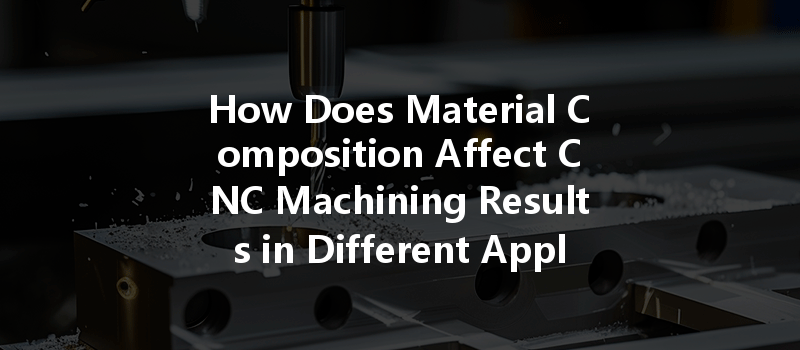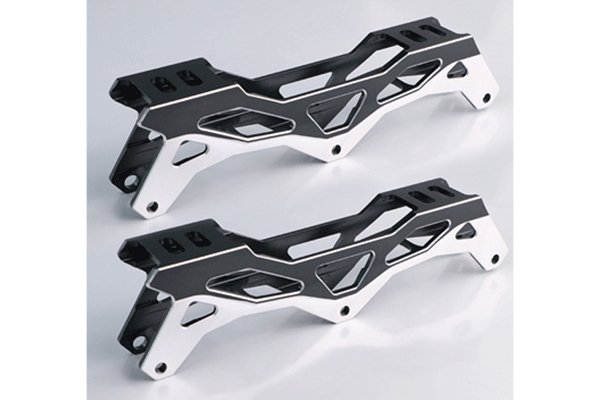Did you know that the material you choose for CNC machining can significantly impact the performance and cost-effectiveness of the final product? In fact, a study from the National Institute of Standards and Technology (NIST) revealed that optimized material selection can reduce errors by up to 25% during the production process. This surprising statistic underscores a fundamental truth in the field of CNC (Computer Numerical Control) machining: material composition is not just an afterthought; it’s a critical element that can determine the success of your machining project.
As industries seek to improve efficiency and innovation, understanding how different materials influence CNC machining results becomes paramount. Whether you’re dealing with metal, plastic, or composites, knowing how material properties affect machining processes can lead to better designs, higher-quality products, and reduced production costs. In this blog, we will dive into the intricacies of material composition, its impact on CNC machining results, and explore solutions to common challenges that arise due to material selection.
Understanding Material Composition in CNC Machining
Material composition refers to the specific elements and compounds that make up a material. In CNC machining, this aspect is vital, as it dictates not only the machinability of the material but also its performance, strength, and application suitability. Below are some critical factors of material composition that influence CNC machining results:
How Material Composition Affects CNC Machining Results
The influence of material composition on CNC machining cannot be overstated. Below are several ways in which it impacts various aspects of machining operations:
Choosing the right cutting tool is essential for efficient machining. Tool material, geometry, and coating must be compatible with the workpiece material. For example, machining high-strength titanium alloys may require carbide tools with specialized coatings to withstand wear and heat.
The surface finish of machined parts is directly influenced by material properties. Softer materials like aluminum can achieve smoother finishes easily, while harder materials may require additional finishing processes to meet stringent quality specifications.

Material composition can lead to variations in dimensional accuracy due to factors such as thermal expansion and contraction during machining. Tools and fixtures may need to be adjusted based on the expansion characteristics of the selected material to ensure tight tolerances are maintained.
Understanding how material properties affect machining processes can enhance productivity. For instance, using a material with good machinability can lead to reduced machining times, less tool wear, and lower overall manufacturing costs.
Addressing Material Composition Challenges in CNC Machining
CNC machining is a nuanced process, and many challenges can arise due to the material composition selected. Here are some strategies and solutions to optimize material-related issues:
In conclusion, understanding how material composition affects CNC machining results is essential for achieving optimal performance, efficiency, and quality in manufactured parts. From the selection of suitable materials and tools to employing advanced processes and post-processing techniques, various strategies can mitigate the challenges posed by material properties.
In a landscape increasingly focused on innovation and sustainability, the choice of materials and how they are processed will continue to play a pivotal role in CNC machining. As you navigate your next machining project or discuss design considerations, remember the importance of materials: it’s not just about cutting metal; it’s about creating solutions that meet the evolving needs of industries and consumers alike.
Whether you’re an engineer, machinist, or a decision-maker in manufacturing, the insights provided in this blog will hopefully encourage you to think critically about material choices and their broader impact on product development and manufacturing processes. Embrace the complexity of material selection, and use it as a strategy for innovation in your CNC machining initiatives.






